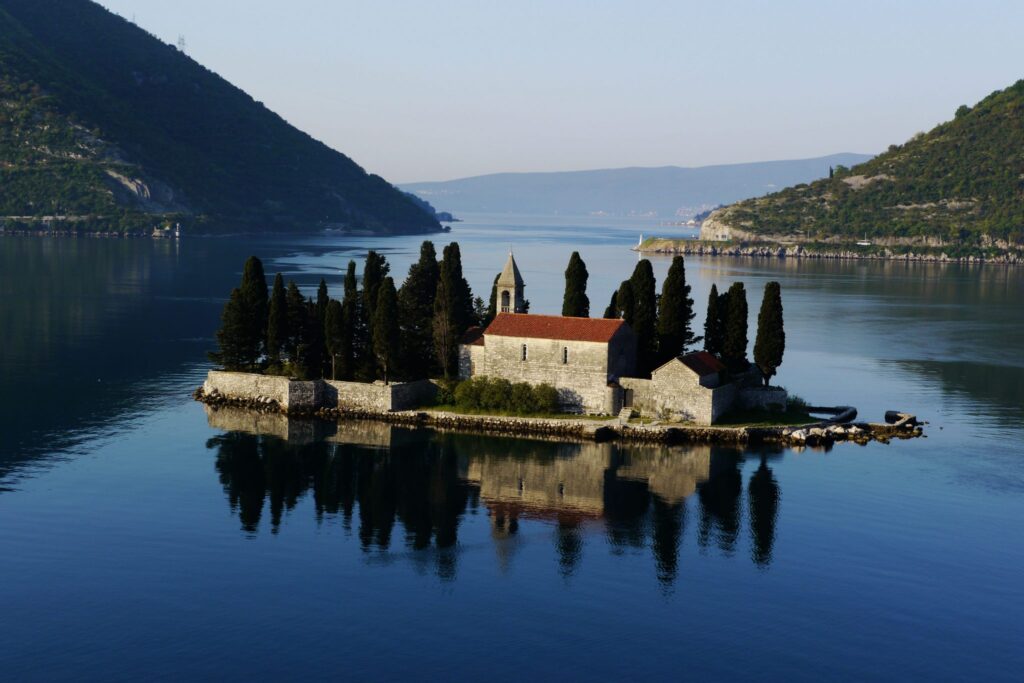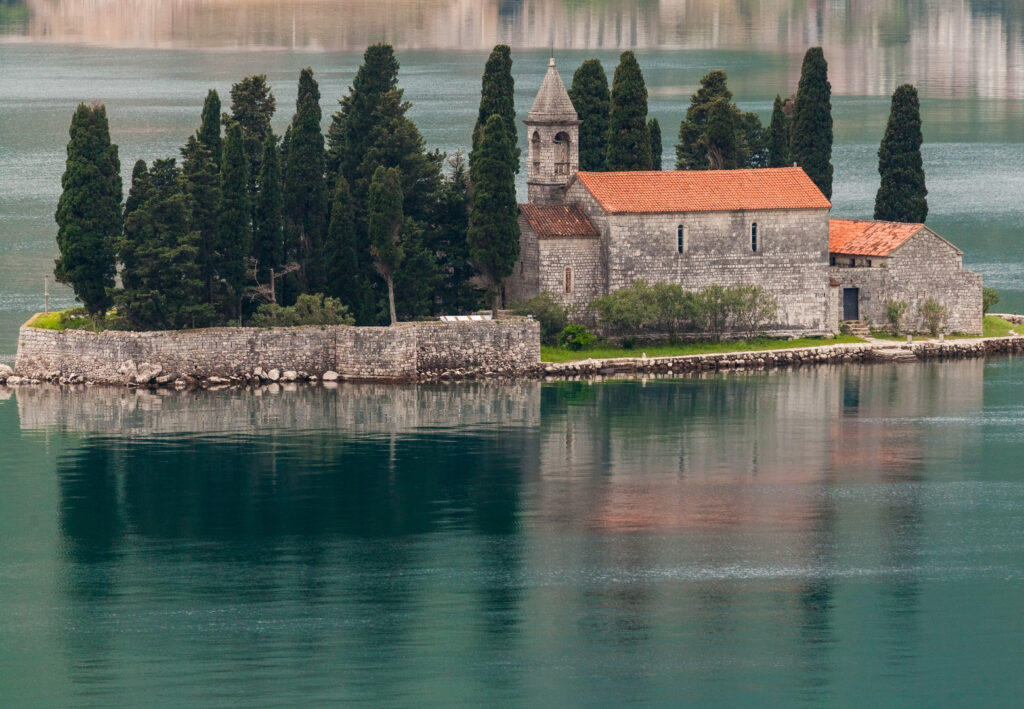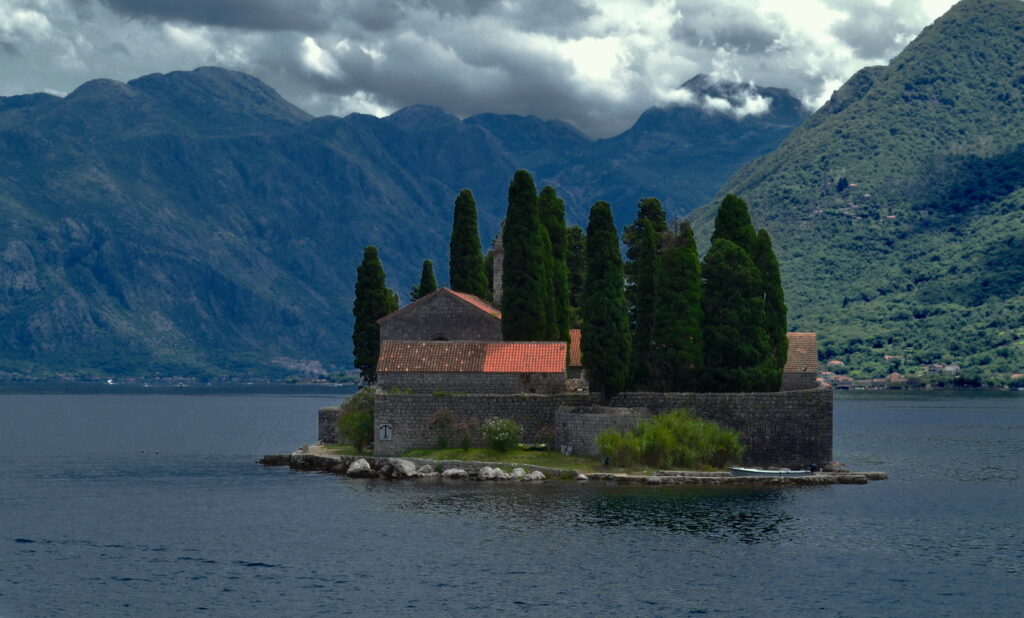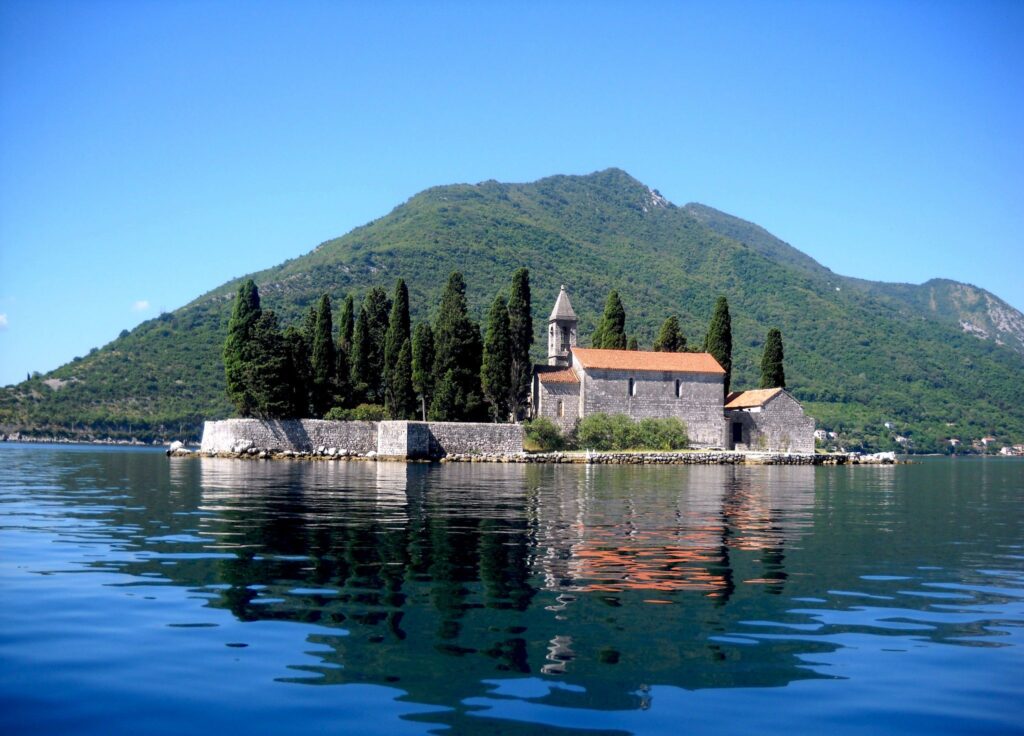History of St. George's Island
History of St. George’s island is a beacon of historical significance amidst azure waters, bearing witness to the ebb and flow of various epochs. The origin of its name is entwined with legends of knights, sailors, and holy men who have sought refuge on its shores over centuries.
It is believed that early mariners named the island after Saint George, the emblem of valor and protection in Christian folklore. As time flowed, St. George’s Island transcended its role from a mere sanctuary to a vital center for religious rites. Historical records suggest that the first hermitage on this island dates back to the 9th century, emphasizing its spiritual importance.
Moreover, its strategic location made St. George’s Island pivotal in naval defense and maritime commerce. Maritime routes teeming with traders, explorers, and occasional pirates often intersected near the island, shaping its historical importance.
However, St. George’s Island isn’t solely about wars and trade. Archaeological findings provide glimpses into the diverse cultures and communities that thrived here. From pottery remnants to ancient texts, every artifact is a testament to its rich historical lineage.
Conclusively, the history of St. George’s island offers a harmonious blend of ancient legends, spiritual significance, and pivotal maritime events. Its story isn’t merely about its stunning vistas but also its deep-rooted history that beckons to be explored.

Geographical Features of St. George's Island
Nestled amidst the expansive embrace of the sea, St. George’s Island emerges as a verdant jewel, characterized by its unique geographical and natural attributes. Its topography is as intricate as its history, and it offers an intriguing blend of terrains that both challenge and allure nature enthusiasts.
One of the most geographical features of St. George’s island’s geography is its rugged coastline. The shoreline, dotted with small coves and picturesque bays, provides safe harbor for marine life and a tranquil setting for visitors. As one ventures inland, the terrain unfolds a mosaic of dense forests, undulating hills, and pristine meadows. The island’s elevation varies, giving rise to spectacular viewpoints where one can behold the expansive oceanic canvas.
But it’s not just the physical geography that defines the allure of this island. The flora and fauna of St. George’s Island are equally entrancing. Its isolation and diverse habitats have led to the evolution of a myriad of endemic species. From birds that trill melodies unknown to the mainland to plants that paint the landscape in vivid hues, every living entity here contributes to the island’s ecological richness.
The marine environment surrounding St. George’s Island is also teeming with life. Coral reefs, often referred to as the “rainforests of the sea”, shimmer beneath the water surface, providing shelter and sustenance to a vibrant community of fish and invertebrates.
In conclusion, geographical features of St. George’s island isn’t just a historical relic; it’s a living testament to nature’s splendor and adaptability. The intertwining of its geographical marvels with its rich biodiversity makes it a destination that promises both discovery and wonder.

Cultural and Heritage of St. George's Island
St. George’s Island, steeped in history and tradition, stands as a beacon of cultural and religious significance. The tales woven around this island are a rich tapestry, reflecting its importance in the chronicles of time.
The island’s name itself alludes to its religious prominence. Saint George, renowned in Christian folklore as the dragon-slaying knight, is an emblem of courage and faith. Many believe that St. George’s Island was a sanctuary for early Christian pilgrims, who sought solace and communion with the divine amidst its serene landscapes. Over time, the island has witnessed the construction of various religious edifices, with ornate churches and tranquil monasteries adorning its grounds.
Beyond its religious resonance, the cultural tapestry of St. George’s Island is equally compelling. The island has been a confluence of various civilizations, each imprinting its distinct mark. From art and architecture to music and festivals, the cultural expressions here have been shaped by a mosaic of influences. Ancient carvings, frescoes, and artifacts unearthed on the island provide glimpses into its storied past, while traditional dances and songs echo its undying spirit.
Moreover, the islanders have preserved their customs and traditions with fervor. Annual celebrations and feasts are testament to their undying attachment to the cultural and heritage of St. George’s island. These events often merge the island’s religious beliefs with its cultural practices, showcasing a harmonious blend of faith and festivity.
Cultural heritage of St. George’s island is not just a geographical entity; it’s a repository of beliefs, stories, and traditions. A visit here is a journey through time, where ancient rites meet timeless beauty, and where every stone and tree has a tale to tell.

Tourist Appeal of St. George's Island
In today’s globalized world, where ancient meets modern, tourist appeal of St. George’s island as a unique blend of historical richness and contemporary allure. The island’s historical layers have only augmented its charm for today’s explorers, making it a coveted destination on the world’s travel map.
St. George’s Island has successfully leveraged its cultural and religious legacy to carve a niche in the realm of heritage tourism. Museums, art galleries, and restored historical sites offer immersive experiences, narrating tales from bygone eras. The meticulously preserved artifacts and edifices act as time capsules, transporting visitors to different epochs, from ancient civilizations to medieval splendor.
However, the allure of St. George’s Island is not confined to its history alone. Modern amenities, luxury resorts, and a plethora of recreational activities have sprouted around its peripheries, catering to the diverse needs of today’s travelers. Be it water sports, gourmet dining, or wellness retreats, the island seamlessly blends the past’s tranquility with today’s vibrancy.
Furthermore, annual events, festivals, and workshops organized on the island play a pivotal role in promoting cultural exchange and global camaraderie. Tourists from across the world converge on St. George’s Island, forging bonds over shared experiences and mutual appreciation of its unique legacy.
In conclusion, tourist appeal of St. George’s island stands as a testament to how destinations can evolve without losing their essence. By embracing its past and welcoming the future, the island offers an unparalleled travel experience, promising memories that linger long after the journey ends.

